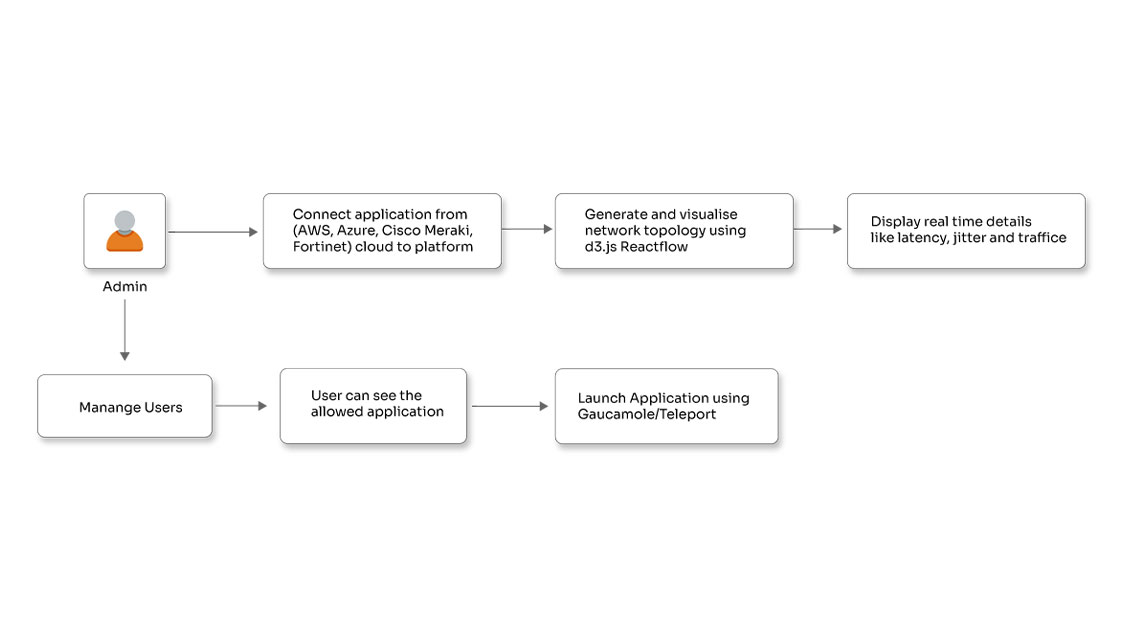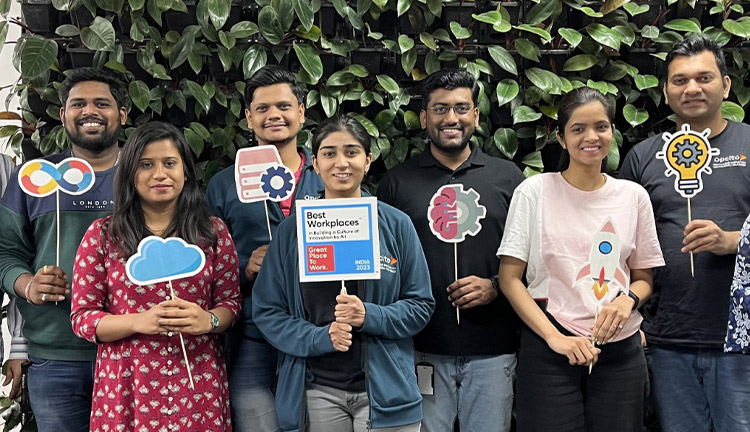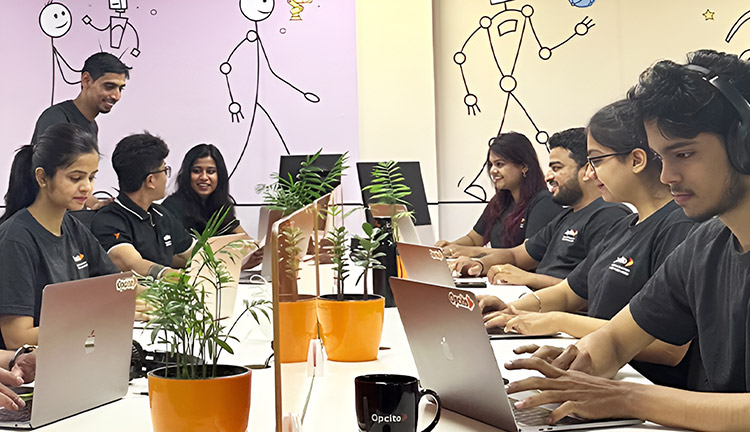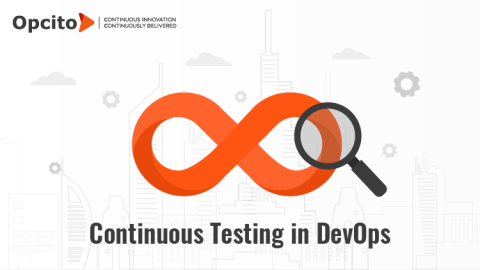admin
Mon, 19/06/2023 - 15:24
X
-
Our Accelerators

Accelerated Innovation Continuously Delivered
At Opcito Technologies, our motto is Continuous Innovation and Continuous Delivery. We foster innovation and empower our clients to achieve a quicker time-to-market with outstanding products. Our focus on cutting-edge research and development has led to a valuable portfolio of accelerators and tools that accelerate the Software Development Life Cycle (SDLC), Software Testing Life Cycle (STLC), and the use of artificial intelligence (AI).
Opcito’s no-code platform that allows users to create end-to-end product test workflows by using underlying product-under-test APIsOpcito's API testing automation platform that eliminates manual effort, and ensures reliability & speedOpcito’s pluggable QA dashboard that allows easy visualization of test automation progress across different products, suites & releases -
Services

Delivering Dynamic Solutions Globally With Our Continuous Innovation Practices!
- Industries
- Insights
- About Us
- Contact Us













